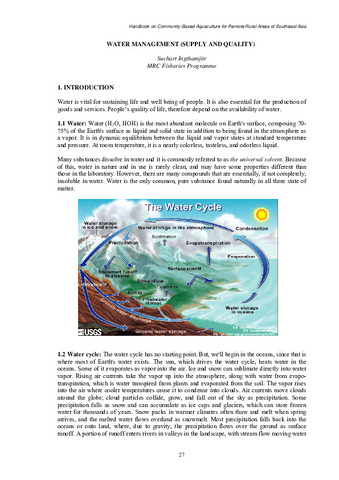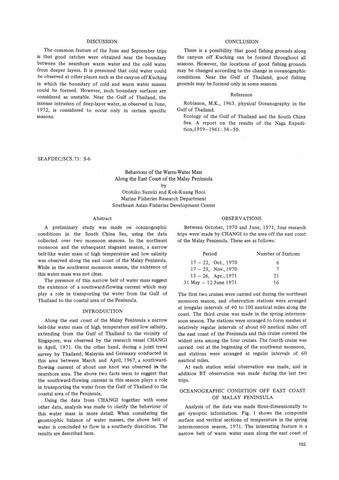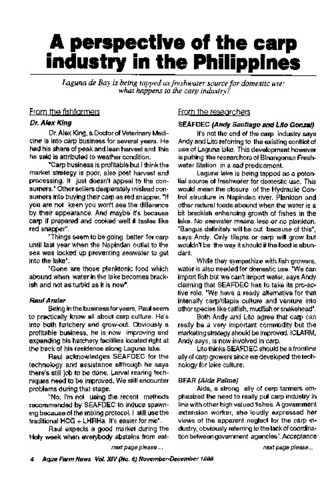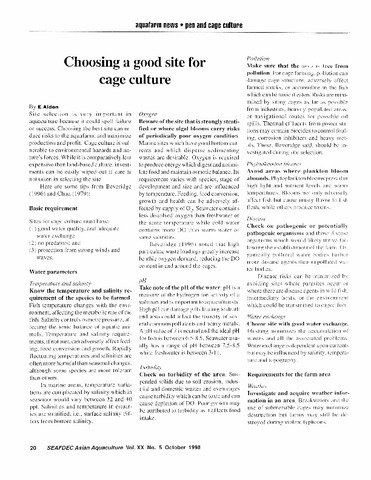Water management (supply and quality)

ရက်စွဲ
2008စာရေးသူ
Page views
1,204
Share
စိတ္တဇ
Water (H2O, HOH) is the most abundant molecule on Earth's surface, composing 70- 75% of the Earth's surface as liquid and solid state in addition to being found in the atmosphere as a vapor. It is in dynamic equilibrium between the liquid and vapor states at standard temperature and pressure. At room temperature, it is a nearly colorless, tasteless, and odorless liquid. Many substances dissolve in water and it is commonly referred to as the universal solvent. Because of this, water in nature and in use is rarely clean, and may have some properties different than those in the laboratory. However, there are many compounds that are essentially, if not completely, insoluble in water. Water is the only common, pure substance found naturally in all three state of matter. [Extract]
Suggested Citation
Ingthamjitr, S. (2008). Water management (supply and quality). In Handbook on Community-based Aquaculture for Remote Rural Areas of Southeast Asia (pp. 27-41). Bangkok, Thailand: Secretariat, Southeast Asian Fisheries Development Center.
ဘာသာရပ်
စုစည်းမှုများ စုစည်းမှုများ
Related items
Showing items related by title, author, creator and subject.
-
Behaviour of the warm-water mass along the east coast of the Malay Peninsula
Suzuki, Otohiko; Hooi, Kok-Kuang (Japan International Cooperation Agency, 1977)A preliminary study was made on oceanographic conditions in the South China Sea, using the data collected over two monsoon seasons. In the northeast monsoon and the subsequent stagnant season, a narrow belt-like water mass ... -
A perspective of the carp industry in the Philippines
Southeast Asian Fisheries Development Center, Aquaculture Department (Aquaculture Department, Southeast Asian Fisheries Development Center, 1996)Fish farmers in Laguna de Bay are facing conflict of the use of the lake which is being tapped as freshwater source for domestic use. The article documents the perspectives of some fish farmers and researchers on the ... -
Choosing good site for cage culture
Aldon, Eva (Aquaculture Department, Southeast Asian Fisheries Development Center, 1998)




